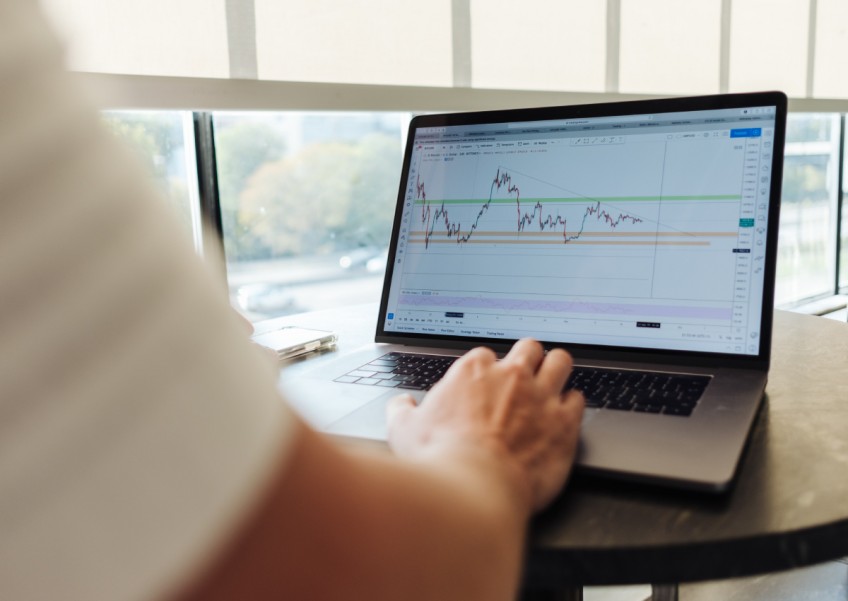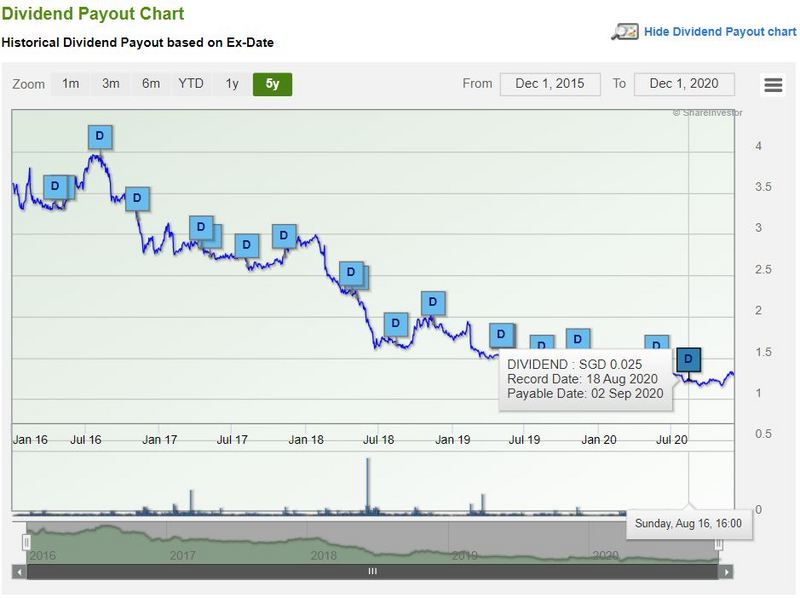3 key things to take note for dividend stocks

In Singapore, many of us dream of being financially free and the ability to retire with a stable, passive income.
Investing in dividend-paying stocks has become one of the popular ways to achieve this goal. Imagine receiving a regular dividend pay-check every quarter, regardless of whether the markets go up or down.
However, investors should be wary of just going for stocks with the highest dividend yield. It is often a recipe for disaster because the dividends would be one-off and unsustainable.
With that in mind, here are 3 key things to take note for dividend stocks.
The firm's willingness and ability to pay steady dividends over time provides a solid demonstration of financial strength.
In addition, it also exhibits evidence of a certain track record or economic moat if a company can grow its dividends over the long run, as depicted by the dividends' compounded annual growth rate (CAGR).
For instance, fin-tech platform iFAST Corporation (AIY.SI) and vehicle testing company VICOM Limited (WJP.SI) have provided compounded annual growth rates (CAGR) of 35.88 per cent and 17 per cent in their dividends per share over the past 5 years respectively.
It can spell danger if the company pays out dividends more than what it earns. When that happens, the dividends have to come from either its cash reserves or the bank borrowings or equity issuances like rights issues.
Thus, having a dividend pay-out ratio above 100 per cent is not sustainable in the long term.
One classic example is Starhub where it was paying 20 cents dividend per share for many years before slashing it to just 9 cents in FY2019 due to its deteriorating fundamentals.
New (or even experienced) investors will tend to be confused when it comes to the many dividend dates. There are 3 important ones to take note of:
This is the date that the firm announces/confirms its dividend per share payment in future.
This is the day where the company records all the shareholders entitled for the dividends. It also means that you must own the stock the day before the Ex-Dividend date in order to qualify for the dividend payout.
This is the date where the dividend is paid — either through cash or shares (if you opt for script-dividends).
The 3 key things dividend investors need to know can be found inside this feature called 'Dividend Analysis'. It is housed under the 'Fundamental' tab in Shareinvestor.com.
Let's do a walkthrough of the dividend analysis for Starhub (CC3.SI) below.

The chart above gives a comparative view of the earnings per share (blue bar) versus the dividends per share (green bar).
In the case of Starhub, its dividend payout ratio (purple line) hit a high of 1.43x in FY2018, which is unsustainable. The dividends per share subsequently came down from a constant 20 cents per share to just 9 cents in FY2019.

Dividend investors usually face two issues - 1) knowing when to purchase the shares before the ex-dividend or record date 2) knowing when the money will come rolling in.
With the chart above, they can simply hover over the "D" icons to check out the dividend rate as well as the record and payable dates.

On top of being able to see the total dividends per share, the Dividend History Table presents the exact month where the dividend is declared and the yield based on prevailing share price.
Moreover, an investor can even spot potential future dividend trends from the table. For example, a quick glance at the 1Q2019 dividends per share of 2.25 cents would probably sound an alarm that the next 3 quarters of FY2019 dividends will be cut in the year ahead.
To conclude, dividend investing is a favourite investing strategy for many Singaporean investors due to its decent returns amid lower perceived risks.
However, one should also be aware of the pitfalls of dividend investing such as buying into 'blue chip stocks' to collect dividends. It is always important to look at the business' long-term viability and various dividend metrics to ensure that the dividends are sustainable in the long run.
This article was first published in Investor-One. All content is displayed for general information purposes only and does not constitute professional financial advice.